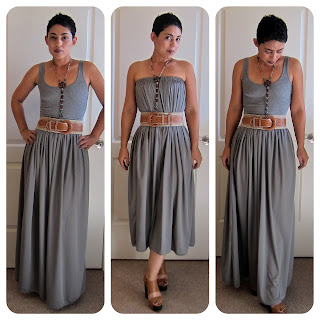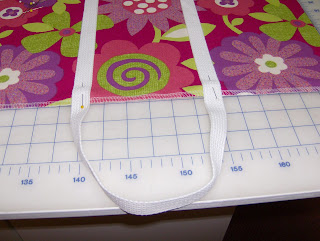... it's a gas, gas, gas!
OK, so it just smells like gas, of a particular type.
Why?
Oh, just some vegetables I cooked up as part of our supper tonight. It's important when eating Paleo to include lots of vegetables in out diet.
Innocent.
Cute.
Little.
Stinky.
Vegetables.
Yeah, those.
Brussels sprouts.
Yummy! If you never liked them before, I challenge you to try them this way. It's the only way DH will eat them. Hah! It's pretty much the same way we make kale in that it requires bacon, butter, and onions. To see how we fix kale,
click here.
Start with a large pan. Cut two strips of bacon into pieces, about 1/2 inch. Also chop half an onion. Slice about 1/4 stick of butter. Put these into a large skillet, and turn the heat on low.
Cut off the stem ends of a package of Brussels sprouts. Of course I think to check the amount on the package - after I've thrown away the package and taken out the trash.
Cut each Brussels sprout into quarters, lengthwise, so the leaves will stay attached to the core.
Add the Brussels sprouts to the pan, cover, and cook on low, stirring occasionally.
When they start to soften and some of the edges appear slightly charred, they are done.
Unless, of course, you want more edges charred.
They taste great, but after I took the dogs for a walk and came back into the house, it smelled like someone had been passing gas, and lots of it.
DH insists the he can - literally - fart around tomorrow, since he works at home, and not bother anybody. I, however, risk offending people where I work. Oh, boy ...

















































